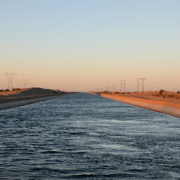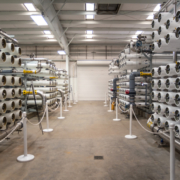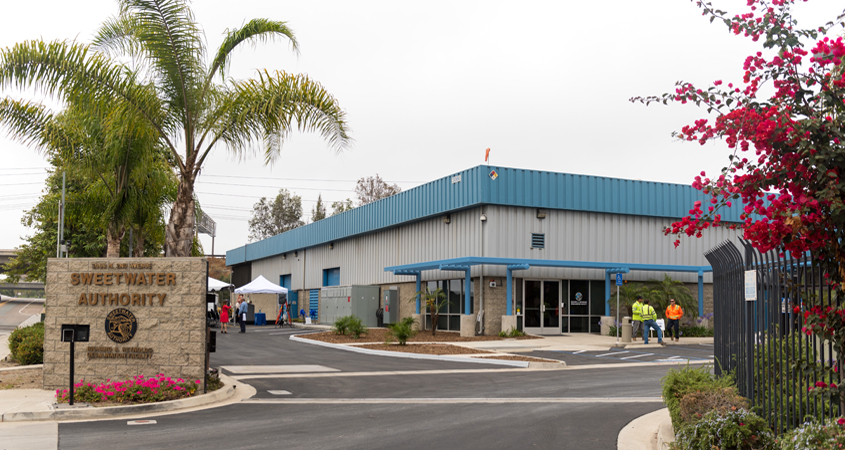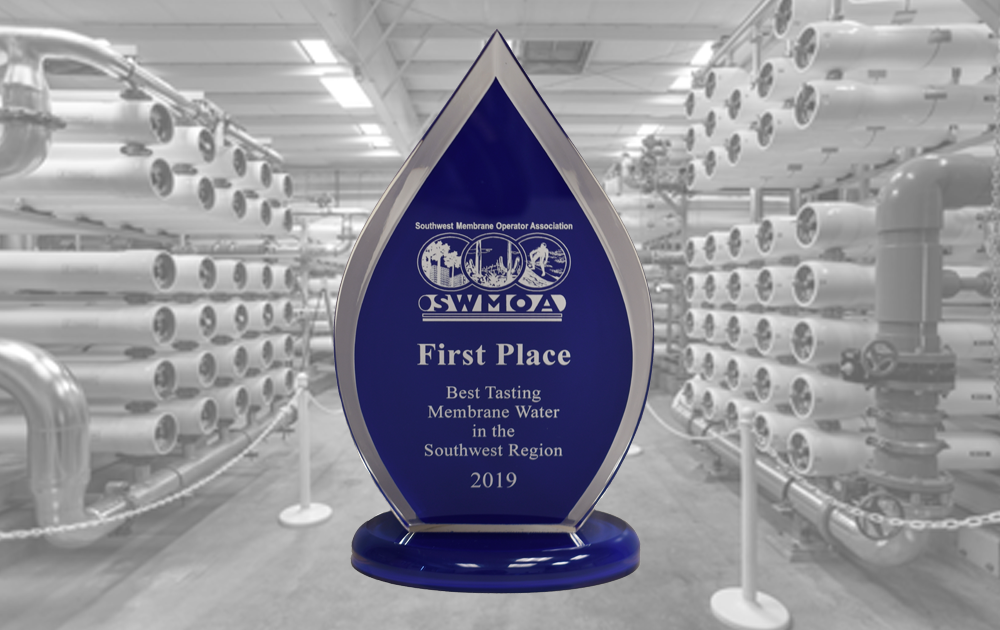Study to Explore New Regional Water Conveyance System
The San Diego County Water Authority’s Board of Directors last week approved a contract to study the viability of a new regional water conveyance system that would deliver water from the Colorado River to San Diego County and provide multiple benefits across the Southwest.
The $1.9 million contract was awarded to Black & Veatch Corporation for a two-phase study. The engineering firm conducted similar studies for the Water Authority dating back to 1996 but looked at “single use” in those studies.
“A regional system to move our independent Colorado River supplies from the Imperial Valley directly to San Diego County could be more cost-effective, while also providing multiple benefits for California and the Southwest,” said Kelly Rodgers, director of the Water Authority’s Colorado River Program. “The study will assess the potential for new regional and public-private partnerships and funding opportunities.”
Three potential pipeline routes studied
The Water Authority currently pays the Metropolitan Water District of Southern California to transport Quantification Settlement Agreement water through the Colorado River Aqueduct to San Diego.
The pipeline under study would be designed at a capacity to convey the QSA water, which in 2021 will reach its full amount of 280,000 acre-feet of water annually. The current Water Transfer Agreement between the Imperial Irrigation District and the Water Authority continues to 2047. But both agencies can agree to extend the transfer another 30 years to 2077.
Three potential routes for the pipeline will be considered as part of an initial screening of the alternatives during the first phase of the study. The study will also consider elements such as permit and environmental regulations, and risk, cost and economic analysis.
Phase 1 of regional water system study will take one year
The first phase of the study, projected to cost $1.3 million, is expected to be completed in summer 2020. The Board will then determine whether to go forward with phase 2 of the study.
Pending Board approval, the second phase will include the final screening of alternatives based on refinement of site layouts, pipeline alignment and tunneling requirements, and risk, cost and economic analysis. The second phase will cost $590,00 and is expected to take one year to complete.
The Board previously approved funds for this study at its June 27 meeting.

Map indicates three potential routes for a proposed regional pipeline system that would move Quantification Settlement Agreement water directly from the Imperial Valley to San Diego. Two of the routes (the light blue and purple lines) follow a southern route. The third proposed route (shown in both a yellow and darker blue line) follows a northern path. Graphic: Water Authority
Conveyance routes would connect to All-American Canal
As the study gets underway, there are three routes under consideration. Each of those routes would connect to the tail end of the All-American Canal where it meets the Westside Main Canal in the southwest corner of the Imperial Valley.
Two of the routes would follow a southern corridor between the Imperial Valley and San Diego, with one route over the mountains paralleling the U.S./Mexico border and the other tunneling through the mountains. Both routes would end at the San Vicente Reservoir in Lakeside.
The third and northernmost route would follow the Westside Main Canal toward the Salton Sea, then flow past Borrego Springs, and through the mountains. It would eventually connect to the Water Authority’s Twin Oaks Valley Water Treatment Plant in San Marcos.
The pipeline system is one of a handful of visionary ideas being discussed by San Diego County water leaders to enhance partnerships and solutions that make sense locally and more broadly as part of Governor Newsom’s Water Portfolio Program to develop resiliency statewide.






